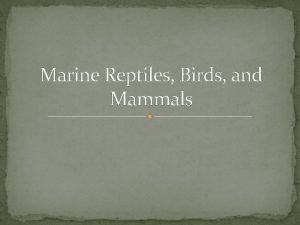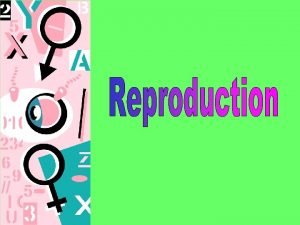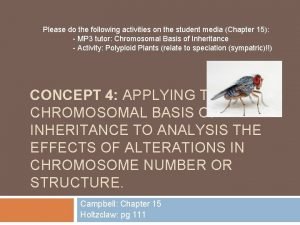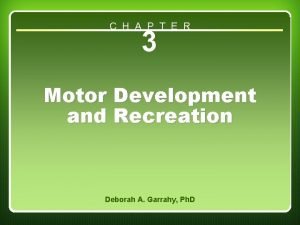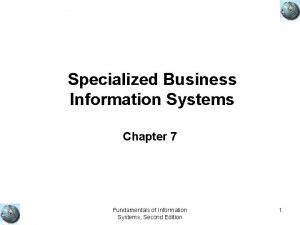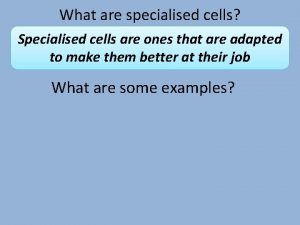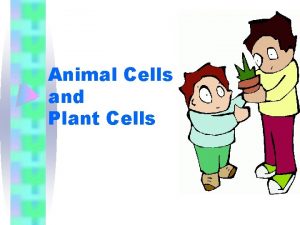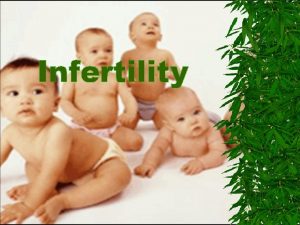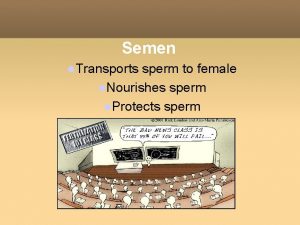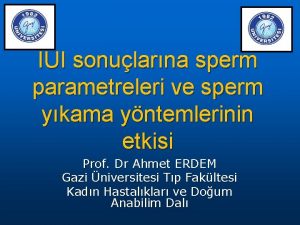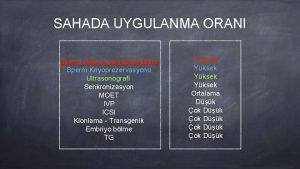Specialised Cells Specialised Animal Cells Image 2 Sperm












- Slides: 12

Specialised Cells

Specialised Animal Cells Image 2 - Sperm Cells Image 1 - Red Blood Cells Image 3 - Nerve Cells

Image 1 - Red Blood Cells Example of cell Specific function Specialised features suited to the function 1. Thin outer membrane allows oxygen to diffuse through easily. Red blood cell Contain haemoglobin to carry oxygen to the cells 2. Bi-concave shape increases the surface area to allow more oxygen to be absorbed efficiently and gives cell a more flexible framework allows cells to squeeze through even the tiniest capillaries. 3. No nucleus means that the whole cell is full of haemoglobin which combines with and carries oxygen around the body.

Image 2 - Sperm Cells Example of cell Specific function Specialised features suited to the function 1. The head, containing genetic information and a nucleus, has an enzyme to help penetrate the egg cell membrane. Sperm cell (male gamete) To fertilise the egg cell (female gamete) 2. The middle section, immediately behind the head is packed with mitochondria for energy. 3. The tail or flagellum moves the sperm to the egg.

Image 3 - Nerve Cells Example of cell Specific function Specialised features suited to the function 1. Dendrites to make connections with other neurones. Nerve cell (motor neurone) Pass sensory impulses from receptor to an effector 2. Long axon or nerve fibre to carry the impulse to the target organ. 3. End plate forms a synapse with an effector (a muscle or a gland).

Specialised Plant Cells Image 4 - Leaf Cells Image 6 - Guard Cells Image 5 - Pollen Cell

Image 4 - Leaf Cells Example of cell Leaf palisade cell Specific function Carries out photosynthesis Specialised features suited to the function 1. Packed with chloroplasts containing the light absorbing pigment chlorophyll. 2. Regular shaped, closely packed cells forming a continuous layer for efficient absorption of sunlight.

Image 5 - Guard Cells Example of cell Guard cell Specific function Opens and closes leaf pore Specialised features suited to the function 1. Regulate the size of leaf pore 2. Change shape easily 3. Swell up when filled with water

Image 6 - Pollen Cell Example of cell Specific function Specialised features suited to the function 1. Tiny grain with half the genetic information having been formed by meiosis. 2. Have a hard protective outer coat to survive bad conditions. Pollen cell (male gametes) Fertilise the ovules (female gametes) 3. Shape and surface of outer coat is adapted to method of dispersal - eg smooth and sticky for insect dispersal, larger surface area for wind dispersal. 4. Germinate on reaching the stigma of another flower of the same species.

A tissue is a group of cell of similar structure that form a shared function Tissues found in the leaf upper epidermal tissue Animal tissues: muscle tissue palisade mesophyll tissue spongy mesophyll tissue lower epidermal tissue Cross-section of a leaf nervous tissue

An organ is a structure made of a group of tissues working together to perform specific functions heart stomach lungs liver brain kidneys Plant organs include the stem and the leaves

An organ system is a group of organs that coordinate to perform related functions lymphatic system digestive system respiratory system reproductive system excretory system skeletal system muscular system endocrine system nervous system circulatory system In plants the shoot is an organ system consisting of leaves and the stem
 Killer whale eating sea lion
Killer whale eating sea lion Sperm duct
Sperm duct Venn diagram animal and plant cell
Venn diagram animal and plant cell Reproductive organ
Reproductive organ Identify the structure
Identify the structure What process occurs
What process occurs A spermatocyte produces the following four sperm cells
A spermatocyte produces the following four sperm cells Specialized applications examples
Specialized applications examples Specialised application phase
Specialised application phase What are specialized connective tissue
What are specialized connective tissue Advantages of division of labour and specialization
Advantages of division of labour and specialization Specialised cell
Specialised cell Specialized information systems examples
Specialized information systems examples
